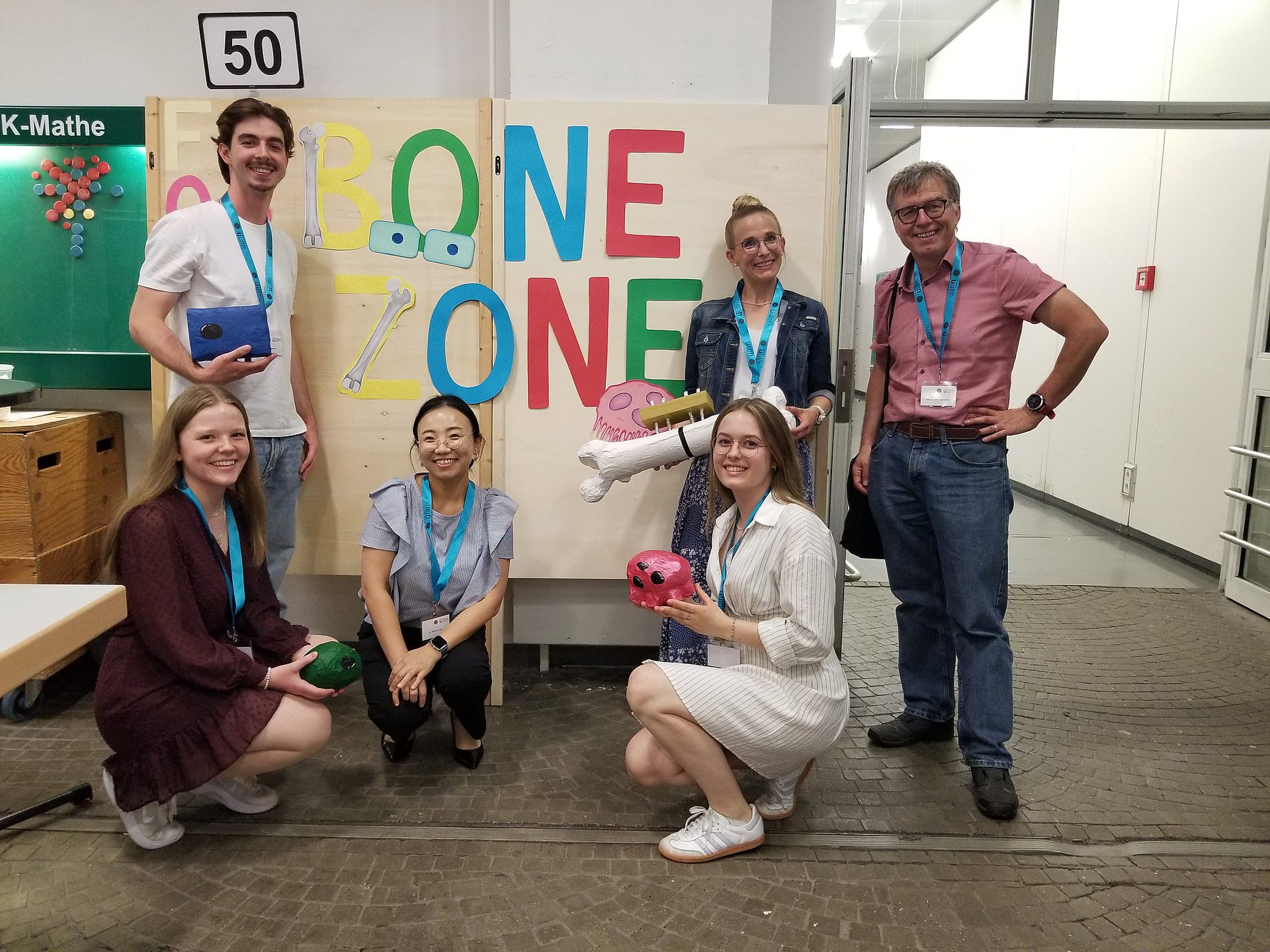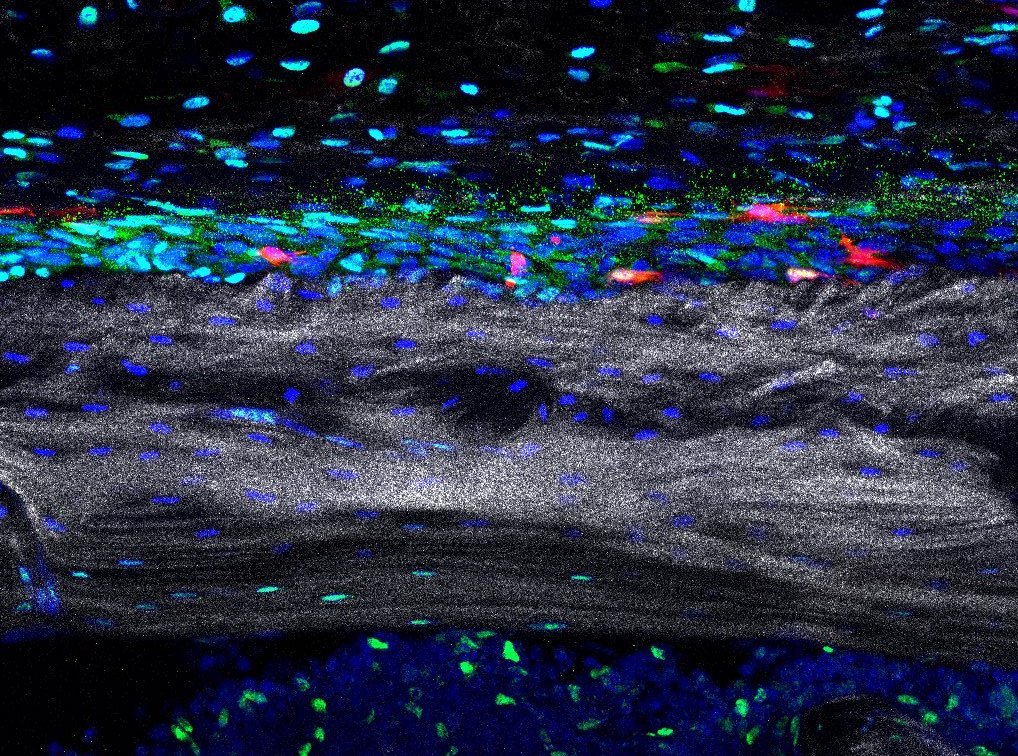Remark, L.H., Leclerc, K., Ramsukh, M., Lin, Z., Lee, S., Dharmalingam, B., Gillinov, L., Nayak, V. V., El Parente, P., Sambon, M., et al. (2023). Loss of Notch signaling in skeletal stem cells enhances bone formation with aging. Bone Res. 11:50. doi.org/10.1038/s41413-023-00283-8
Lee, S., Krüger, B.T., Ignatius, A., and Tuckermann, J. (2022). Distinct Glucocorticoid Receptor Actions in Bone Homeostasis and Bone Diseases. Front. Endocrinol. (Lausanne). 12, 1–8. doi: 10.3389/fendo.2021.815386
Ahmad, M., Kroll, T., Vettorazzi, S., Dorn, K., Mengele, F., Lee, S., Nandi, S., Yilmaz, D., Tangudu, N.K., Pachmayr, J., et al. (2022). Inhibition of Cdk5 increases osteoblast differentiation , bone mass and improves fracture healing. Bone Res. 10:33. doi.org/10.1038/s41413-022-00195-z
Hachemi, Y., Rapp, A.E., Lee, S., Dorn, A., Krüger, B.T., Kaiser, K., Ignatius, A., and Tuckermann, J. (2021). Intact Glucocorticoid Receptor Dimerization Is Deleterious in Trauma-Induced Impaired Fracture Healing. Front. Immunol. 11, 1–12. doi: 10.3389/fimmu.2020.628287
Lee, S., Remark, L.H., Josephson, A.M., Leclerc, K., Lopez, E.M., Kirby, D.J., Mehta, D., Litwa, H.P., Wong, M.Z., Shin, S.Y., et al. (2021). Notch-Wnt signal crosstalk regulates proliferation and differentiation of osteoprogenitor cells during intramembranous bone healing. Npj Regen. Med. 6, 29. doi.org/10.1038/s41536-021-00139-x
Lee, S., Liu, P., Ahmad, M., and Tuckermann, J.P. (2021). Leukemia inhibitory factor treatment attenuates the detrimental effects of glucocorticoids on bone in mice. Bone 145, 115843. doi.org/10.1016/j.bone.2021.115843
Lee, S., Remark, L.H., Buchalter, D.B., Josephson, A.M., Wong, M.Z., Litwa, H.P., Ihejirika, R., Leclerc, K., Markus, D., Yim, N.L., et al. (2020). Propranolol Reverses Impaired Fracture Healing Response Observed With Selective Serotonin Reuptake Inhibitor Treatment. J. Bone Miner. Res. 35, 932–941. DOI: 10.1002/jbmr.3950
Josephson, A.M., Bradaschia-Correa, V., Lee, S., Leclerc, K., Patel, K.S., Lopez, E.M., Litwa, H.P., Neibart, S.S., Kadiyala, M., Wong, M.Z., et al. (2019). Age-related inflammation triggers skeletal stem/ progenitor cell dysfunction. Proc. Natl. Acad. Sci. U. S. A. 116, 6995–7004. doi.org/10.1073/pnas.1810692116
Lee, S., Liu, P., Teinturier, R., Jakob, J., Tschaffon, M., Tasdogan, A., Wittig, R., Hoeller, S., Baumhoer, D., Frappart, L., et al. (2017). Deletion of Menin in craniofacial osteogenic cells in mice elicits development of mandibular ossifying fibroma. Oncogene 37, 616–626. doi:10.1038/onc.2017.364
Further publications by Dr. Sooyeon Lee can be found in our publications directory.



